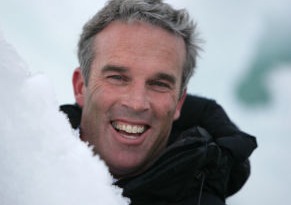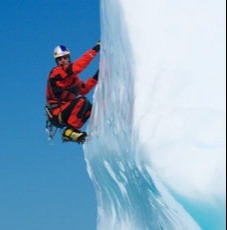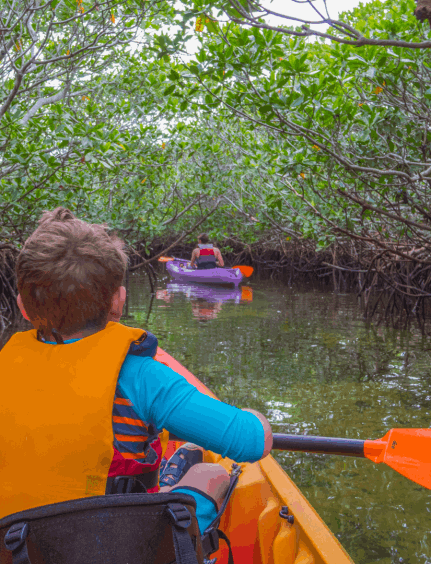Meet Sherlock, he'll explain the meaning to you
of the underlined words.


We focus our efforts on integrating sport and environmental education, with a focus on climate action, to help minimize the impacts of climate
change, prioritizing more inclusive actions and projects aimed at the most vulnerable and marginalized populations. We want to unite the
sports community to lead initiatives in favor of combating global warming and its effects on climate change, resulting from the excessive
emission of greenhouse gases in the atmosphere.
We intend to engage and train athletes and sports practitioners, companies and sports institutions, to act, using the inspiring force of sport,
in defense of the future of the planet and, consequently, of the next generations. The first step is to promote awareness of actions to face
and adapt to climate impacts.
Come and join this global Sport for the Planet effort! The future of the planet is also the future of the sport.
This victory belongs to all of us!
Unseasonal rains and floods force the cancellation
of sporting.
Competitions Sports projects are having to adopt
climate adaptation.
Measures Rising sea levels and coastal erosion affect sports venues.
The increase in harmful algal blooms limits the practice of water sports that have direct contact with water.
Sports infrastructure is
being damaged due to
heavy storms.
Heat waves force
changes to sporting
event schedules
The increase in injuries
in athletes due to extreme heat exhaustion
Source: Sports for Climate Action Framework - UNFCCC
“Climate change is affecting every aspect of human life and global sport is no exception: in 2019, the Rugby World Cup was disrupted by unprecedented typhoons; in
early 2020, the Australian Tennis Open was interrupted by smoke from the country's devastating bushfires. The Tokyo 2020 Olympics were forced to move
long-distance running events to the north of the capital as the city's stifling summer weather made running impossible.”
Source: The Climate Emergency and the
Case for Rapid Change, David Goldblatt Global Sport.

Visit the website
to learn more.

Visit the website
to learn more.

Visit the website
to learn more.

Visit the website
to learn more.

The climate crisis exposes us all, and especially the most vulnerable communities, to rising sea levels, the frequency of cold and heat
waves, water scarcity, drought and rain, rains and floods, landslides, cyclones, tornadoes, and other natural disasters.
Today more than 3 billion people live in places or contexts that are highly vulnerable to climate change. Between 2010 and 2020, mortality
from floods, droughts and storms was 15 times higher in the most vulnerable regions than in the least vulnerable.
Sports are also being threatened by the impacts of climate change and environmental degradation.
All of these changes directly affect sports venues, worsen health problems, destroy ecosystems, end up with a huge source of food and
cause the loss of important economic resources for society.
There is a natural solution, closely linked to our sports facilities and coastal ecosystems, to combat global warming: the conservation of
mangroves! They are responsible for much of life on the planet and capture 5 times more CO2 from the atmosphere than forests! They
are considered the super carbon suckers, storing tons of carbon in their roots and soils, called Blue Carbon.
Our challenge is to bring understanding and awareness of how human well-being is directly linked to mangrove conservation.
Mangroves are the “nurseries of marine life.” They provide habitat for more than 3,000 species of fish and other animals, as well as
providing livelihoods and income for more than 120 million people worldwide. They protect coastal areas by reducing wave heights by up to
66%. If mangroves were lost, an additional 15 million people would be affected by floods worldwide.
Source: Global Mangrove Alliance

More than a third of all mangrove forests in the world have already disappeared. We are currently losing mangroves three times faster than
forests. If current deforestation rates continue, all mangroves could be lost by the end of this century. It is very urgent to preserve them! When
degraded or destroyed, these ecosystems emit the carbon stored for centuries into the atmosphere and oceans, and thus become sources of
greenhouse gases. In the last 50 years, 50% of the world's mangroves have been lost and almost all of them could be lost in the next 100
years. Conserving these sites results in benefits for all of humanity and the environment. Source: Global Mangrove Alliance